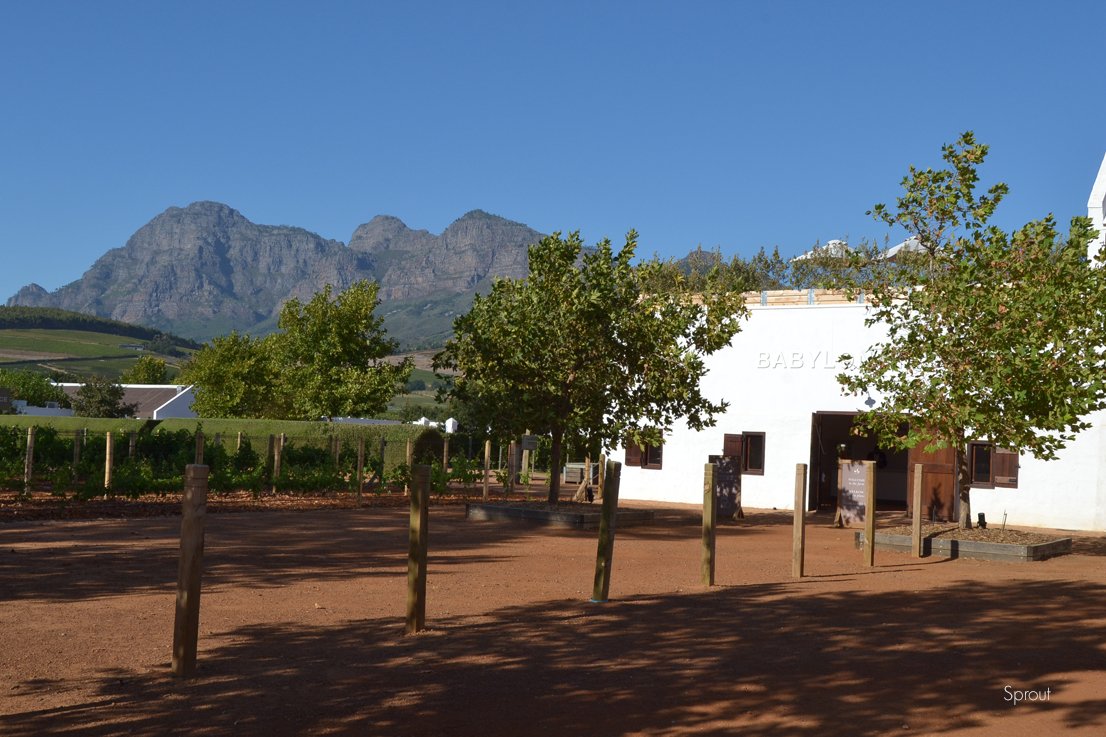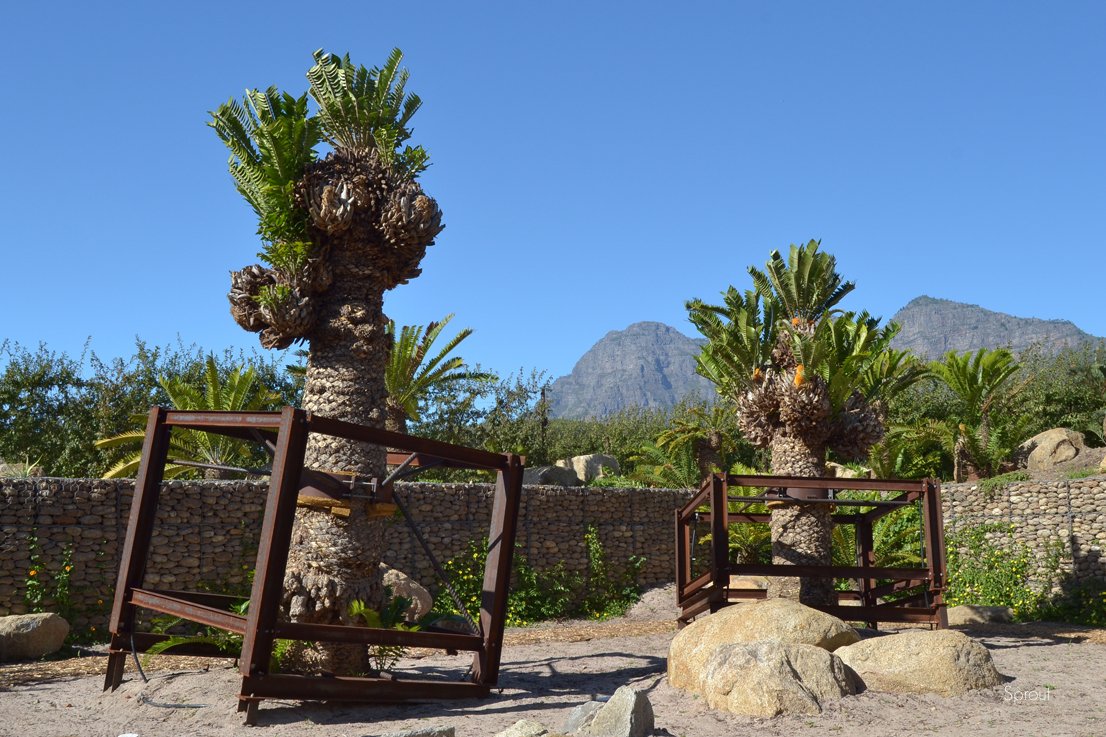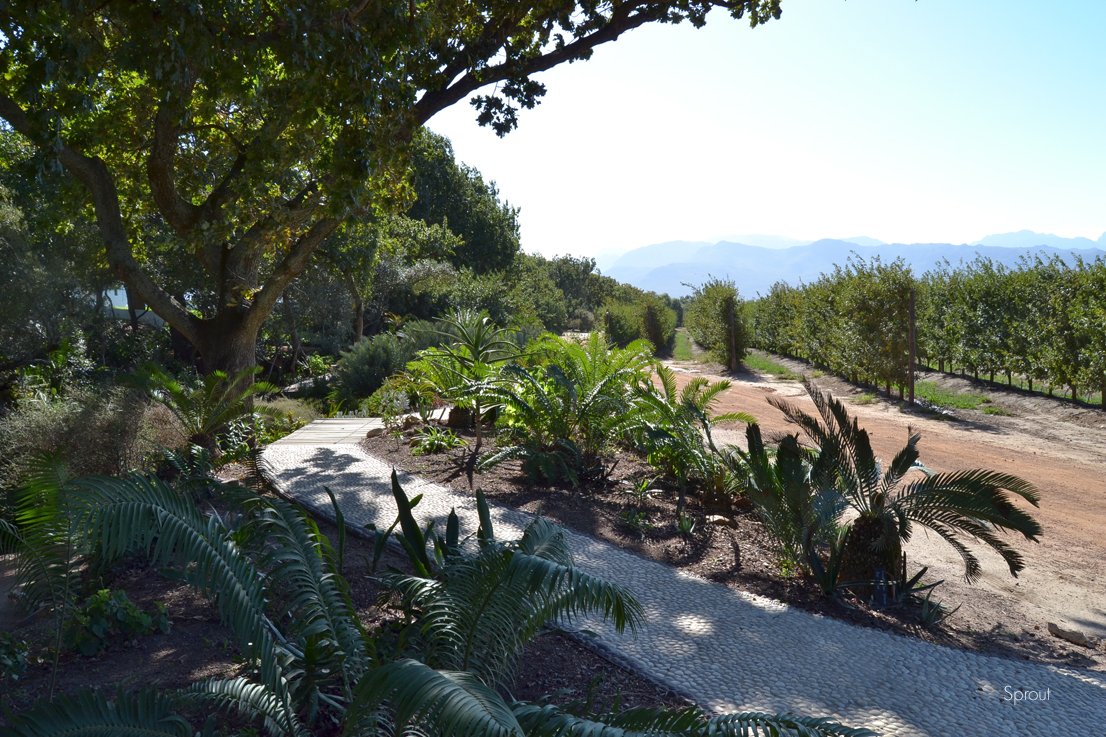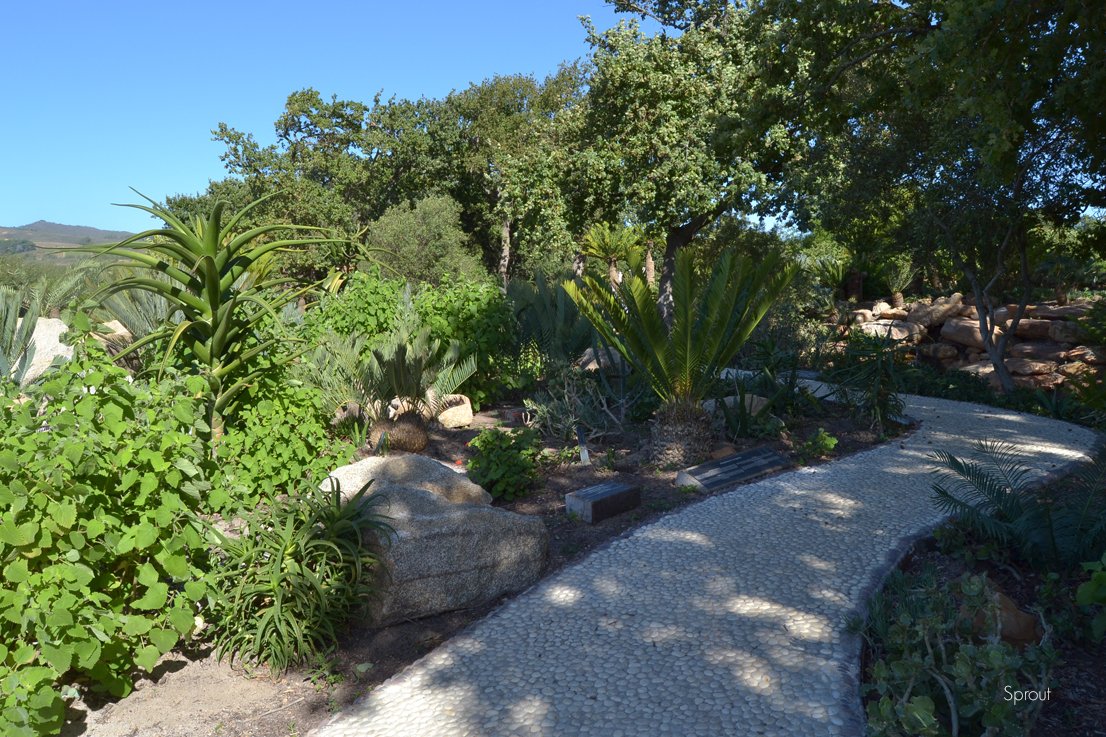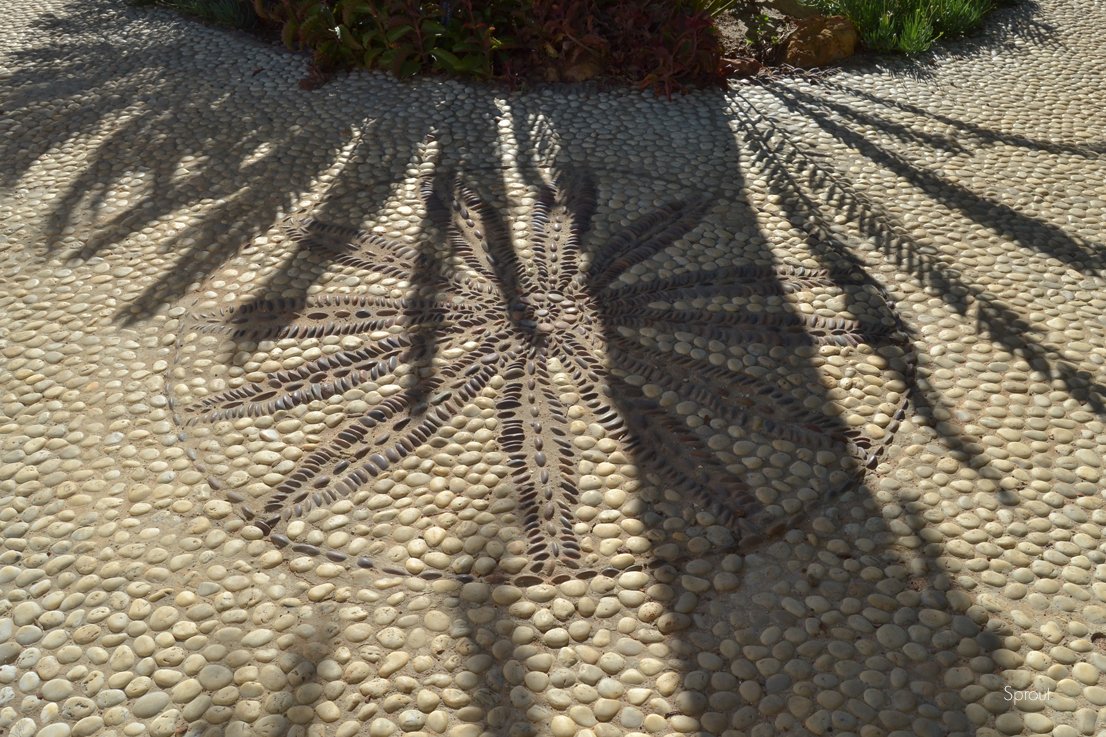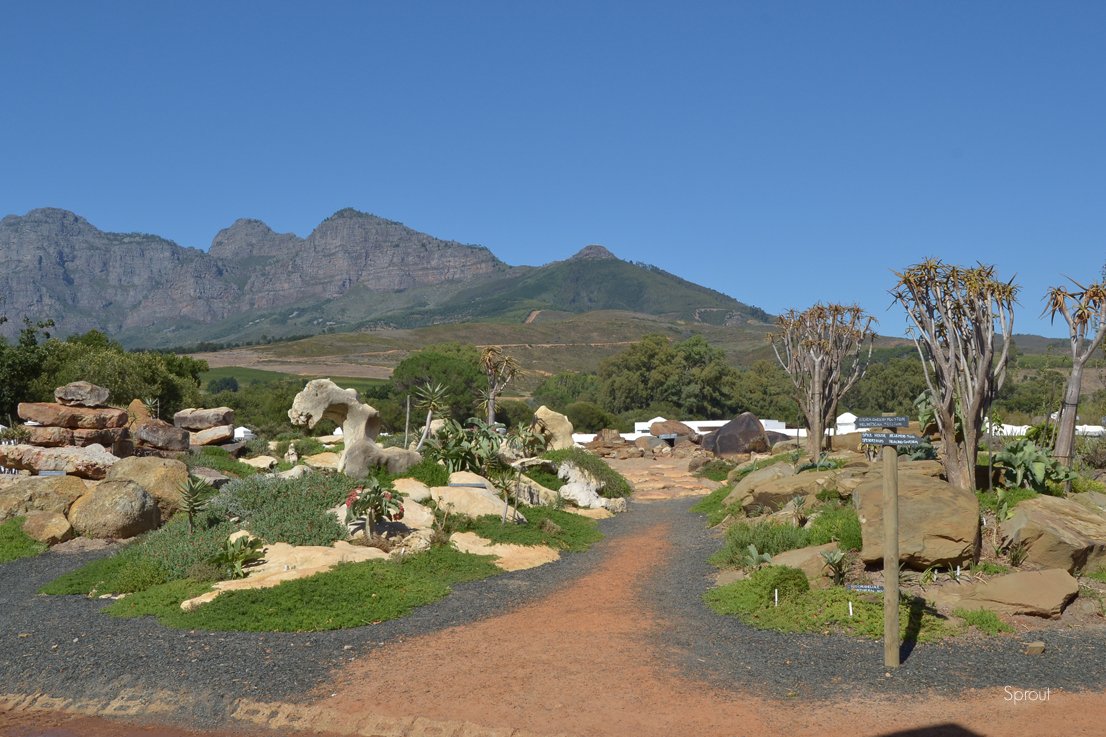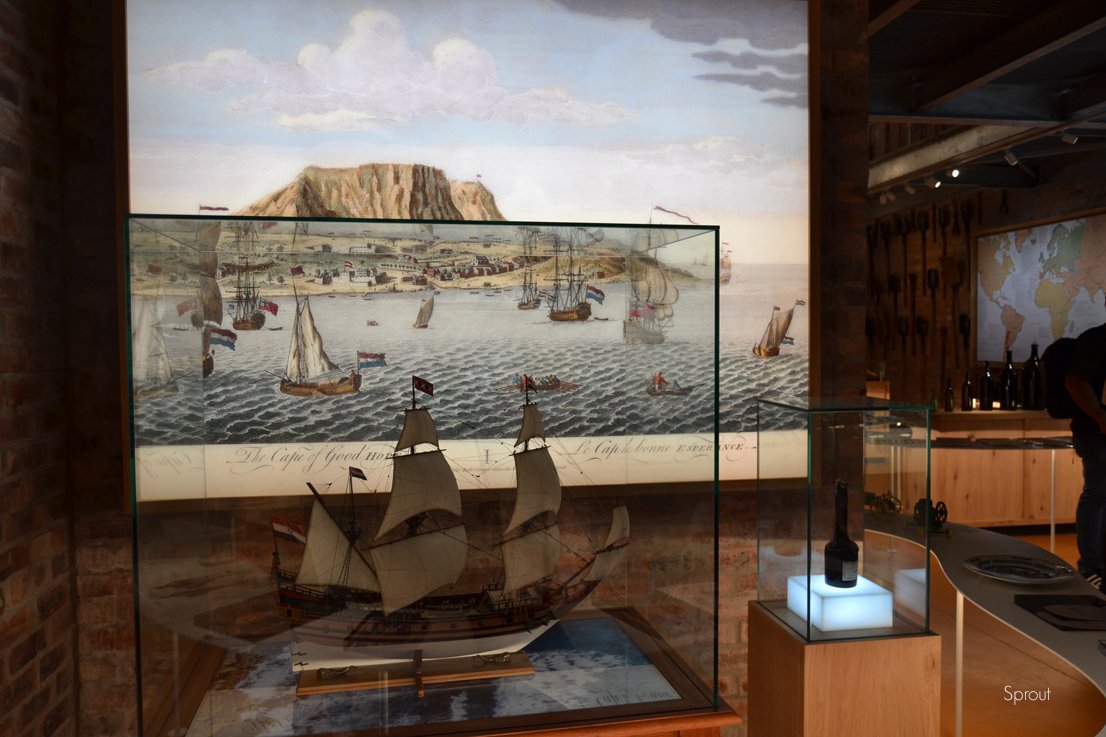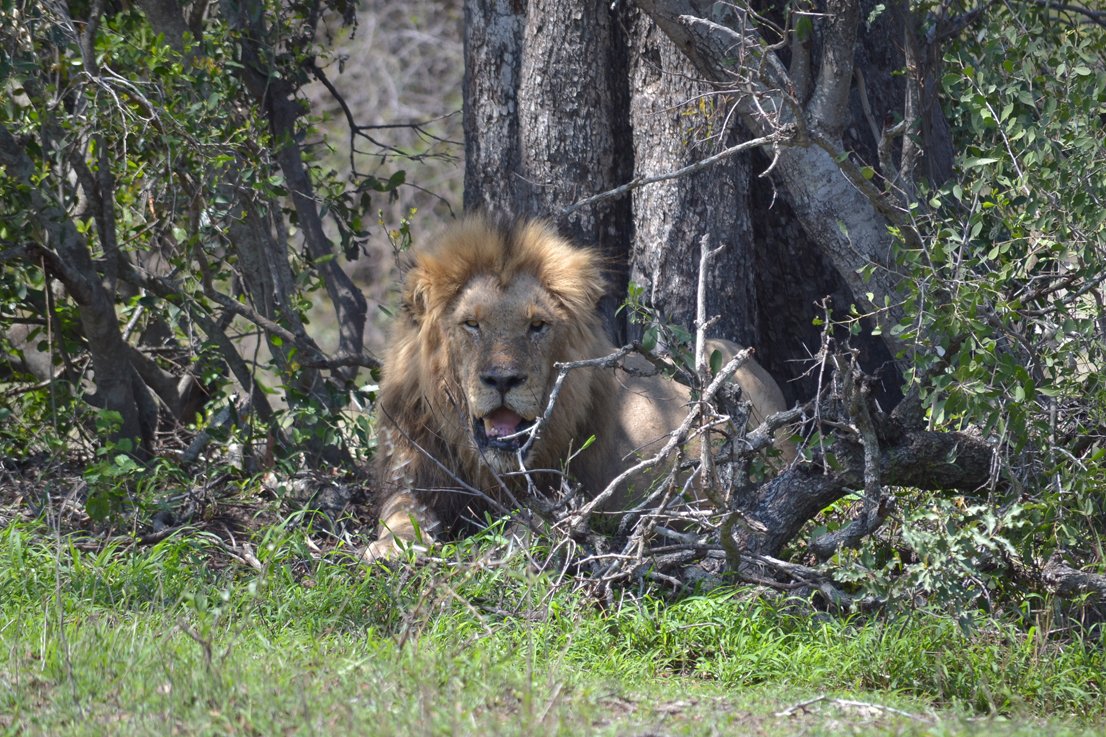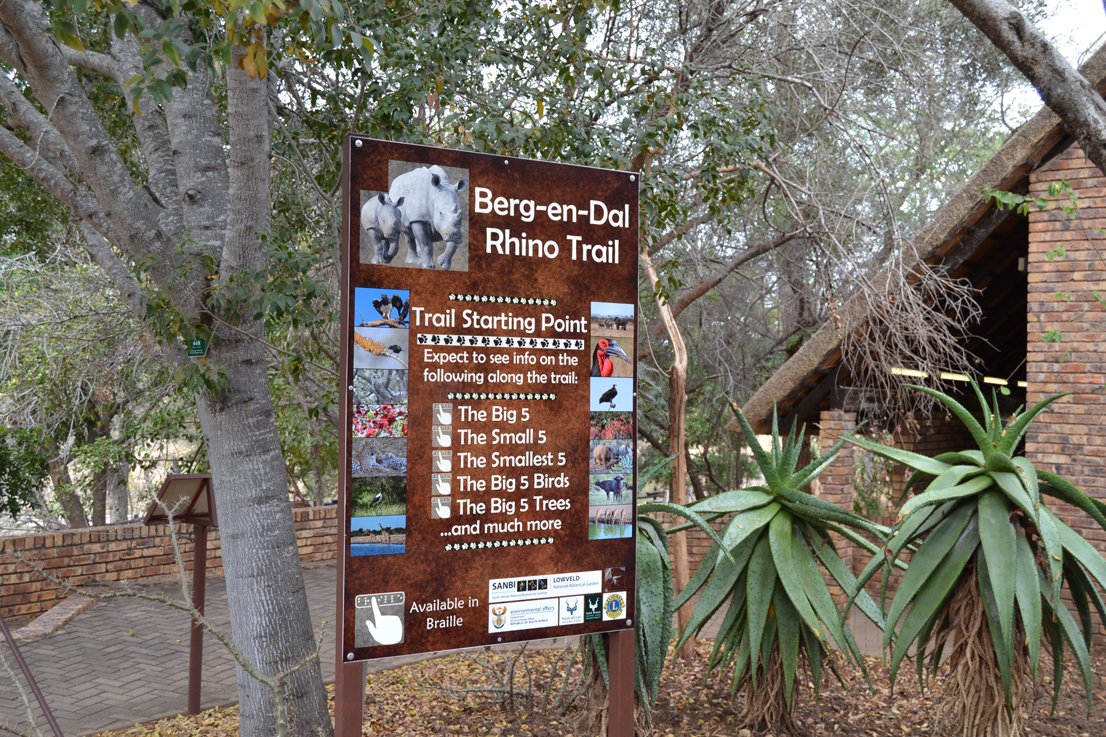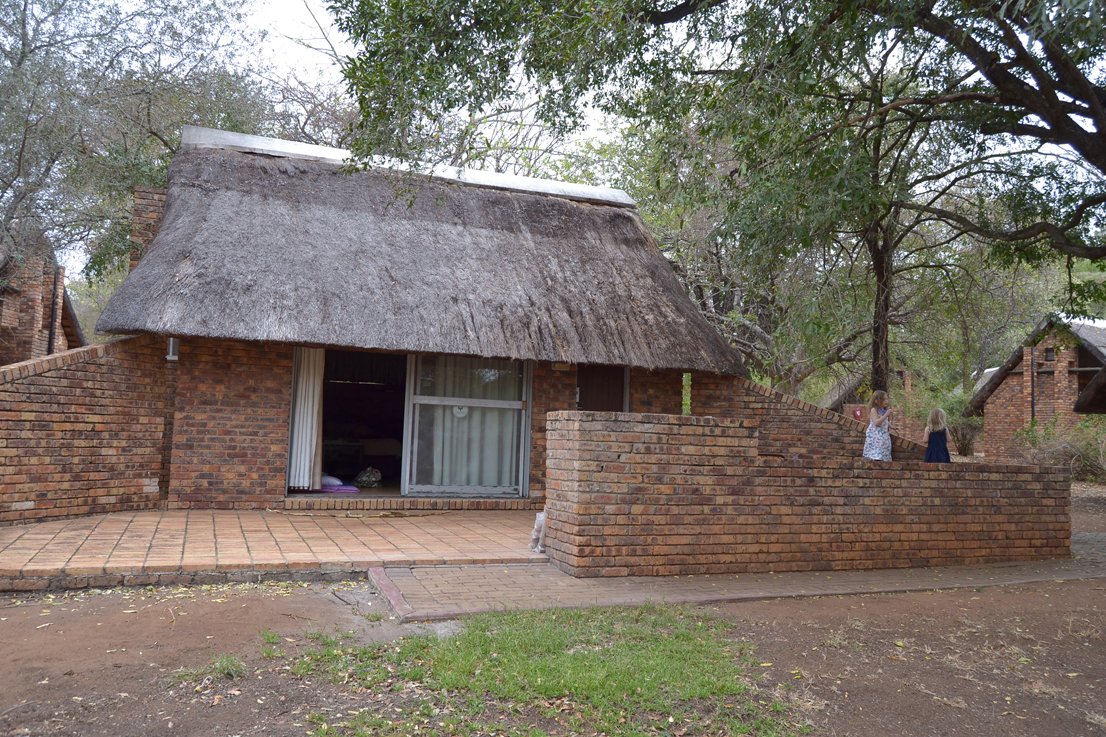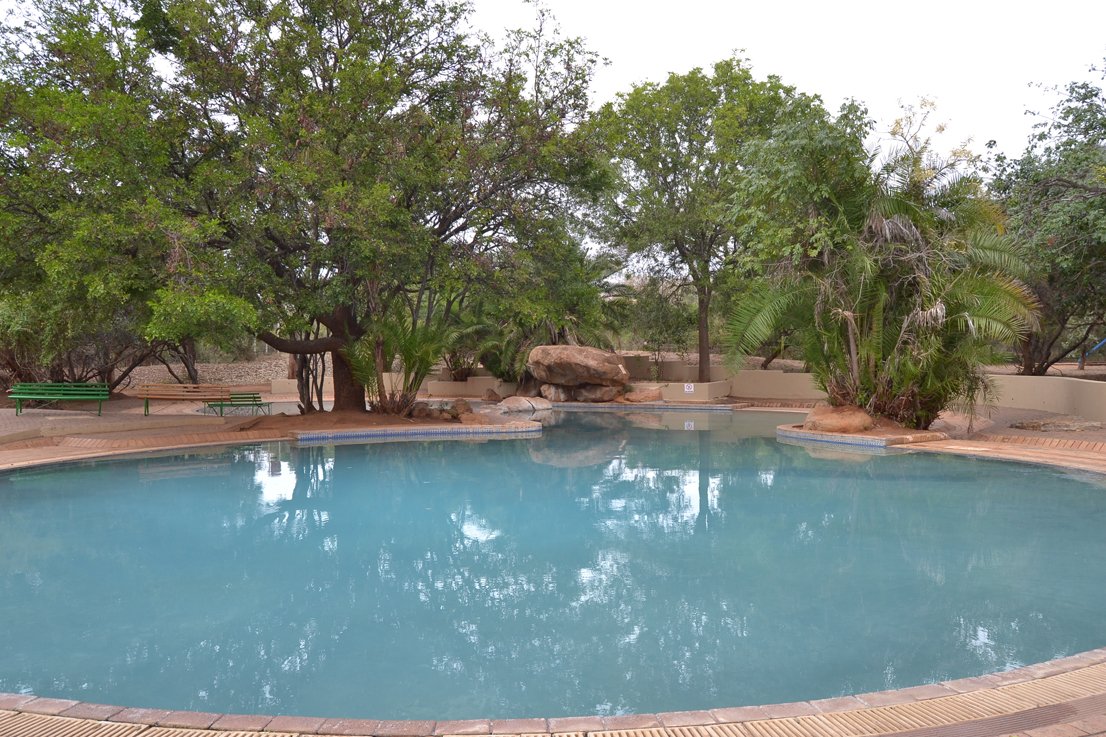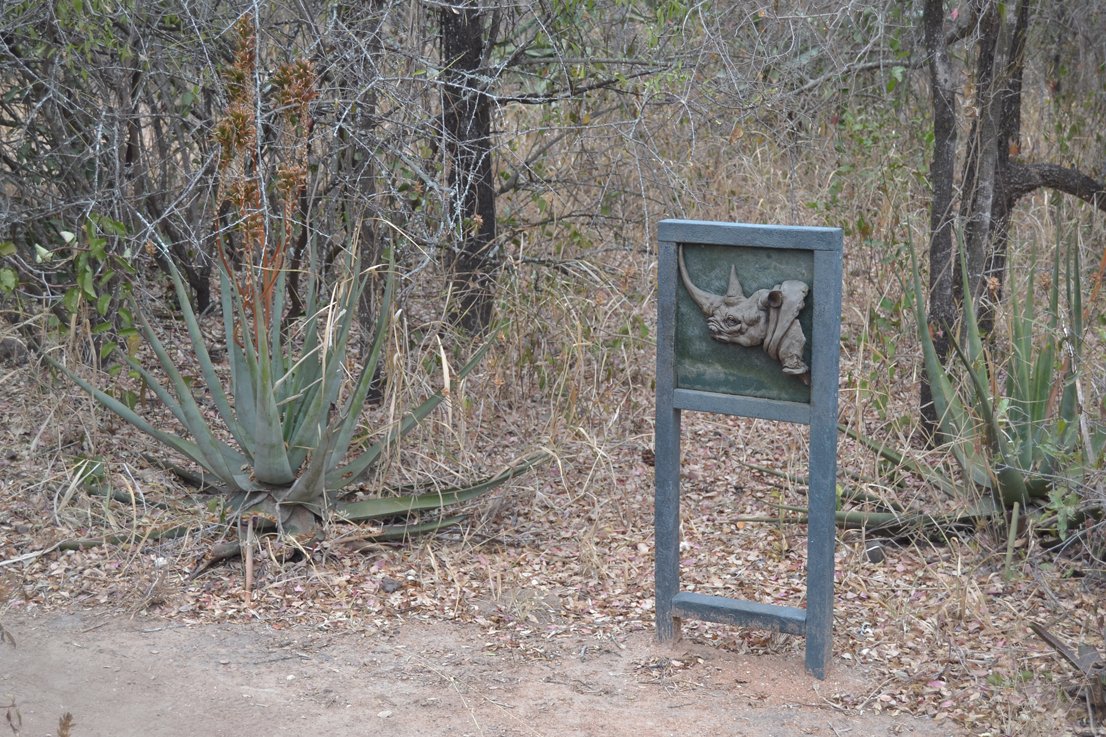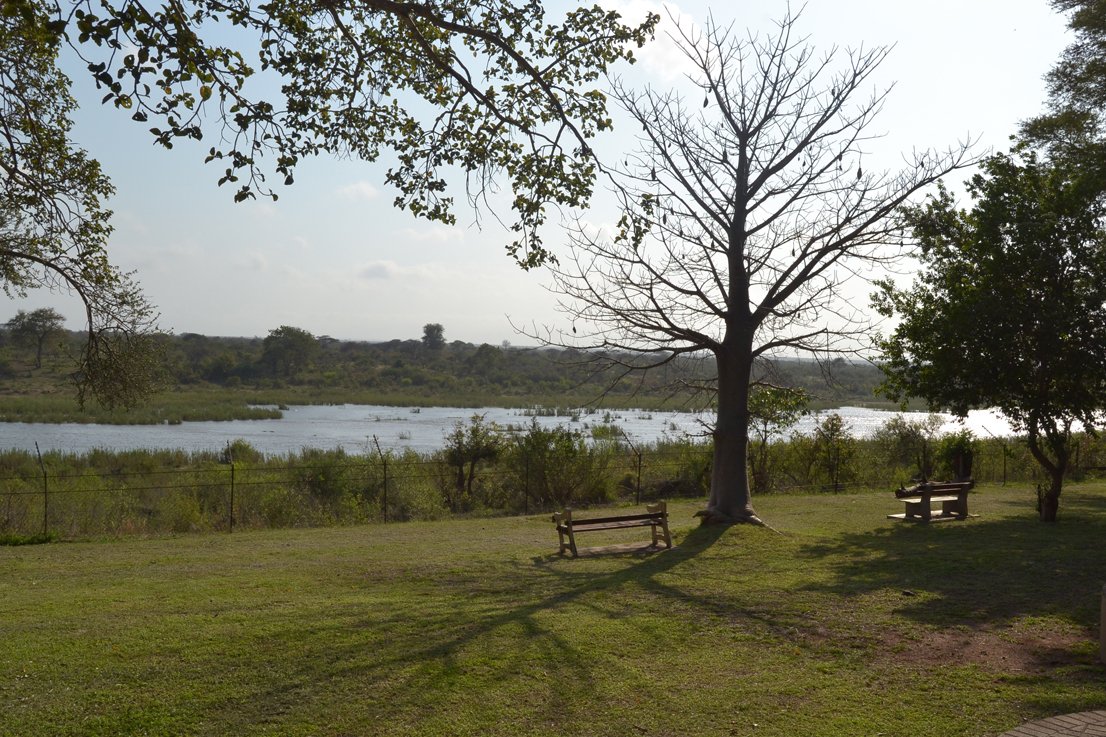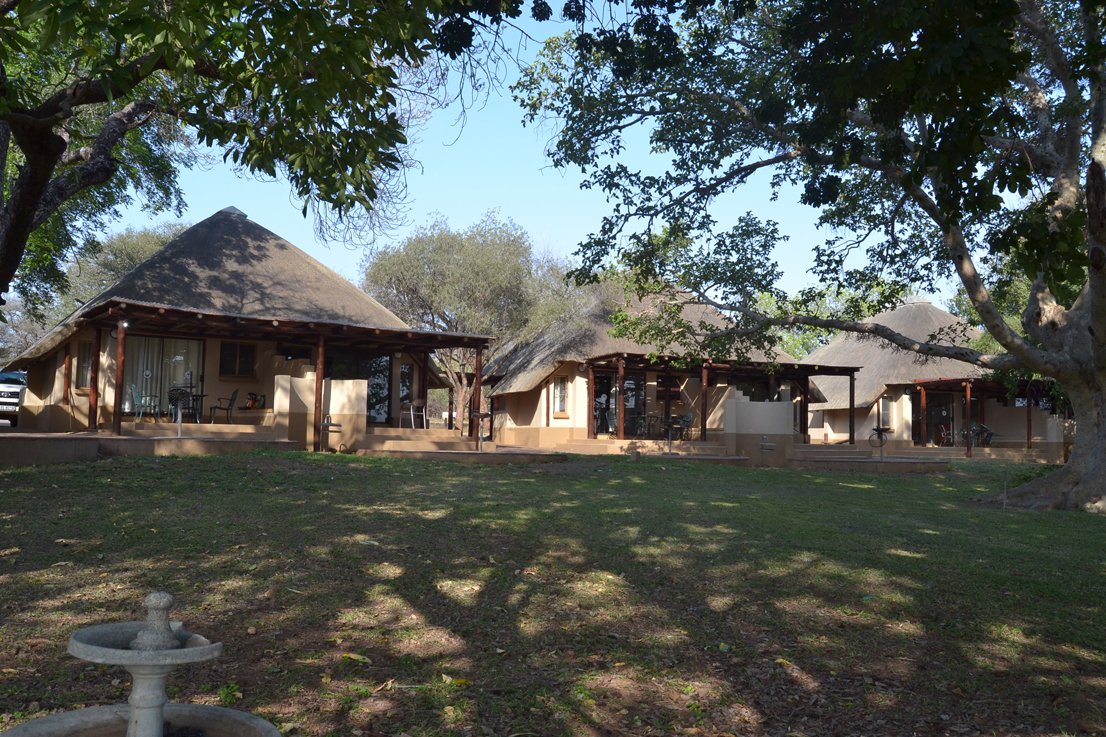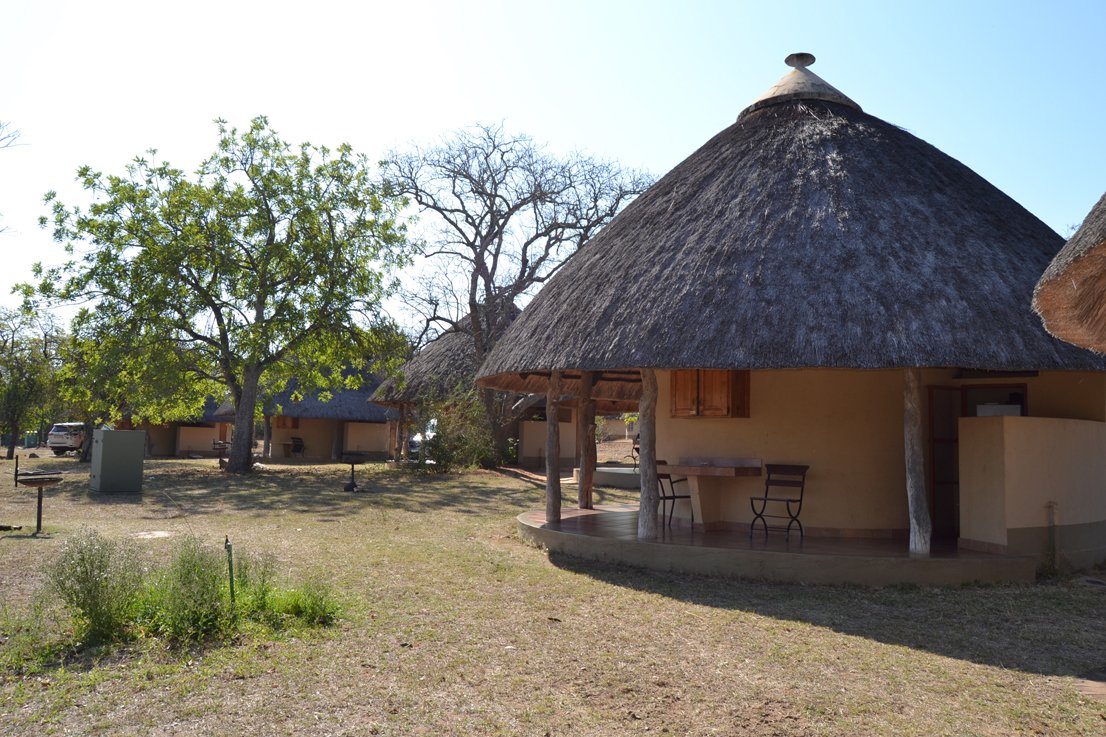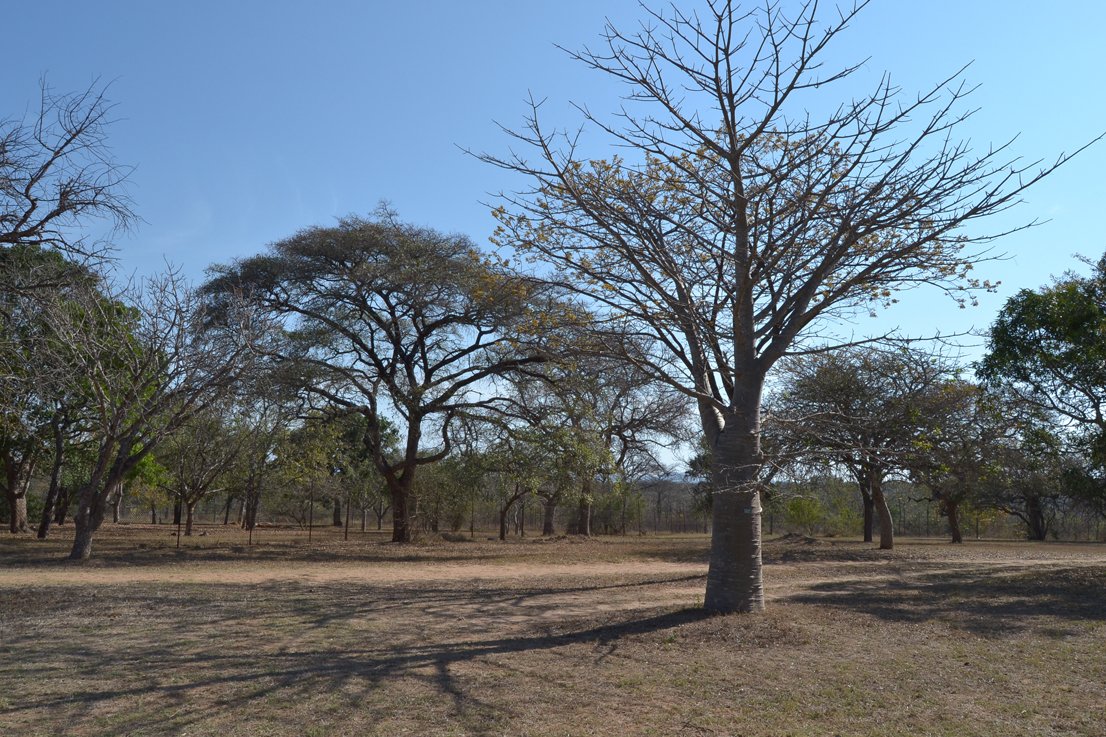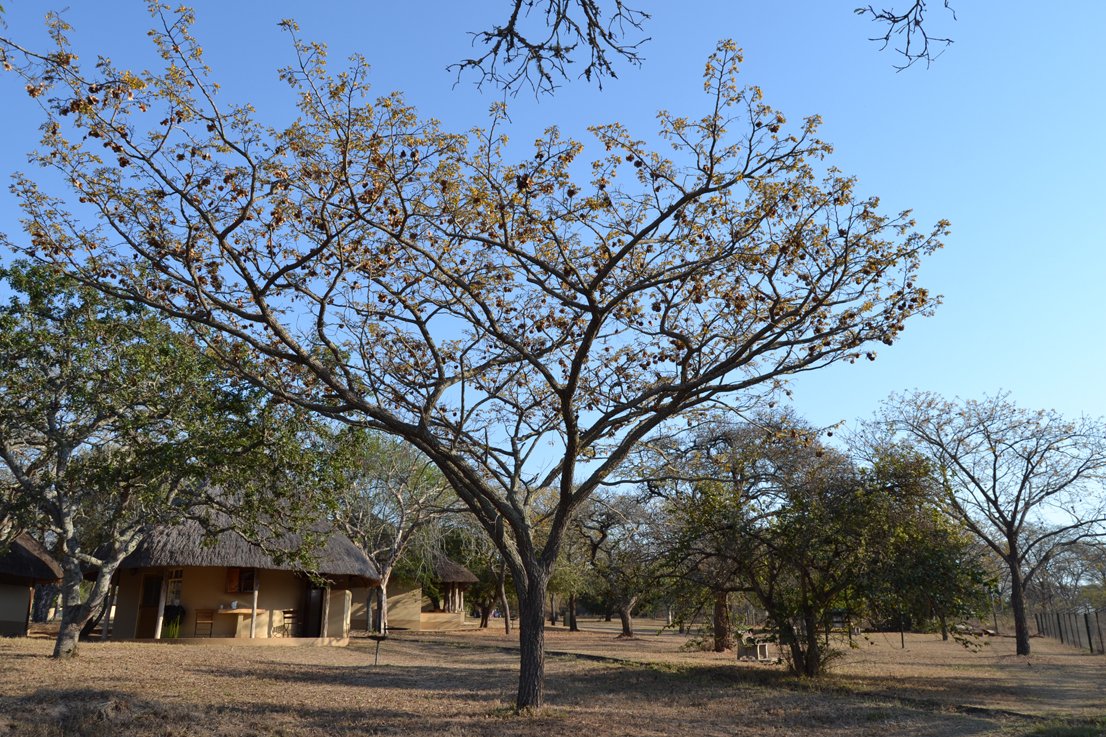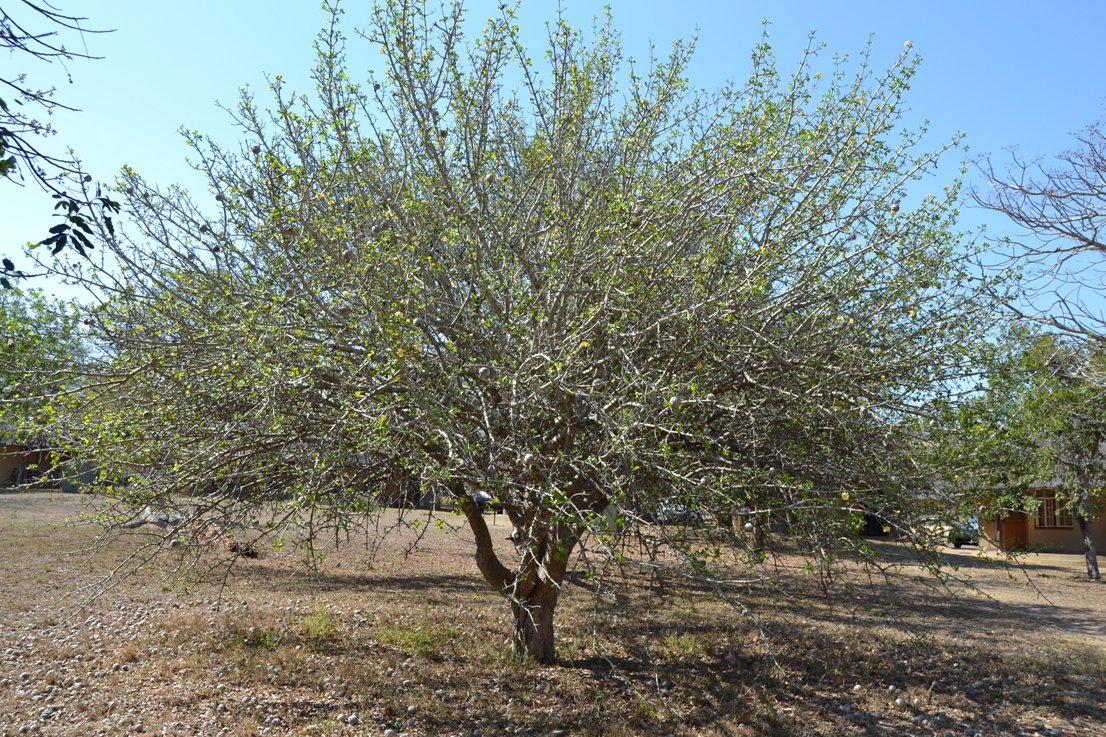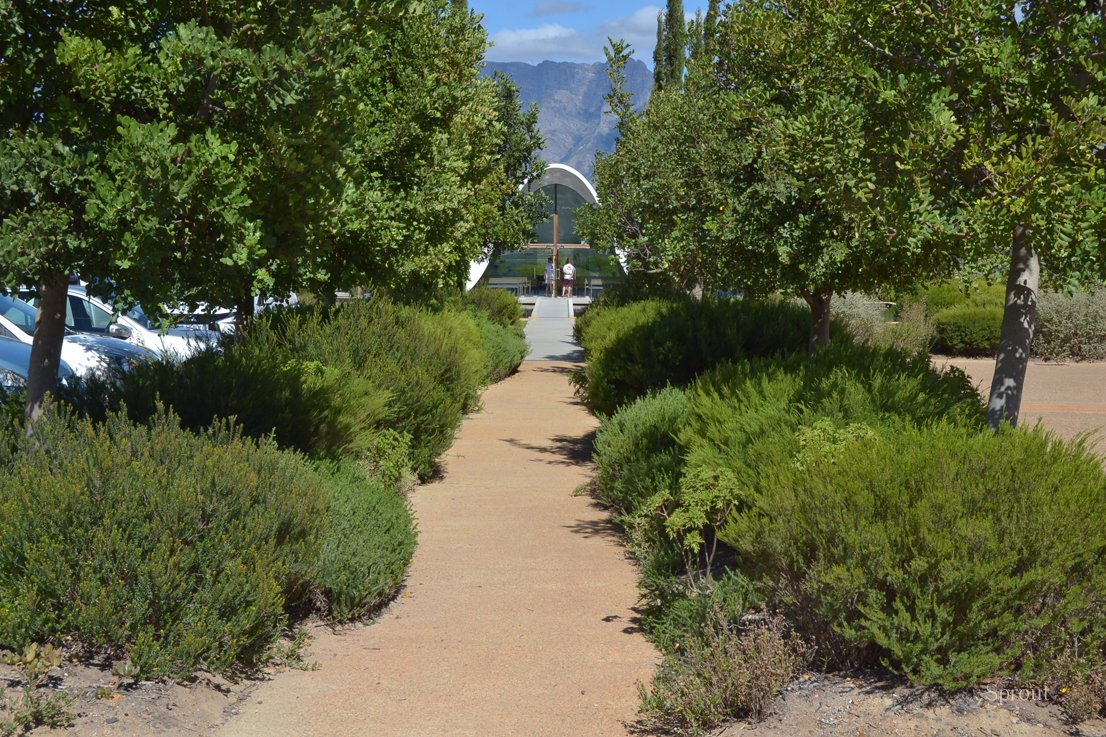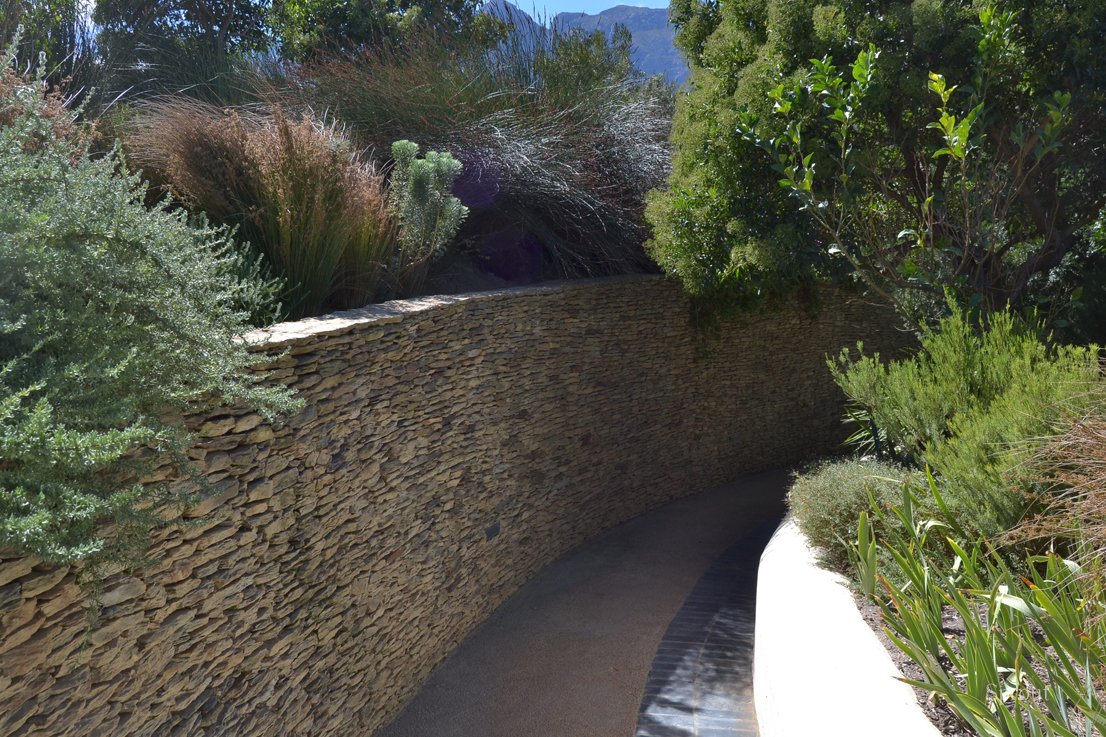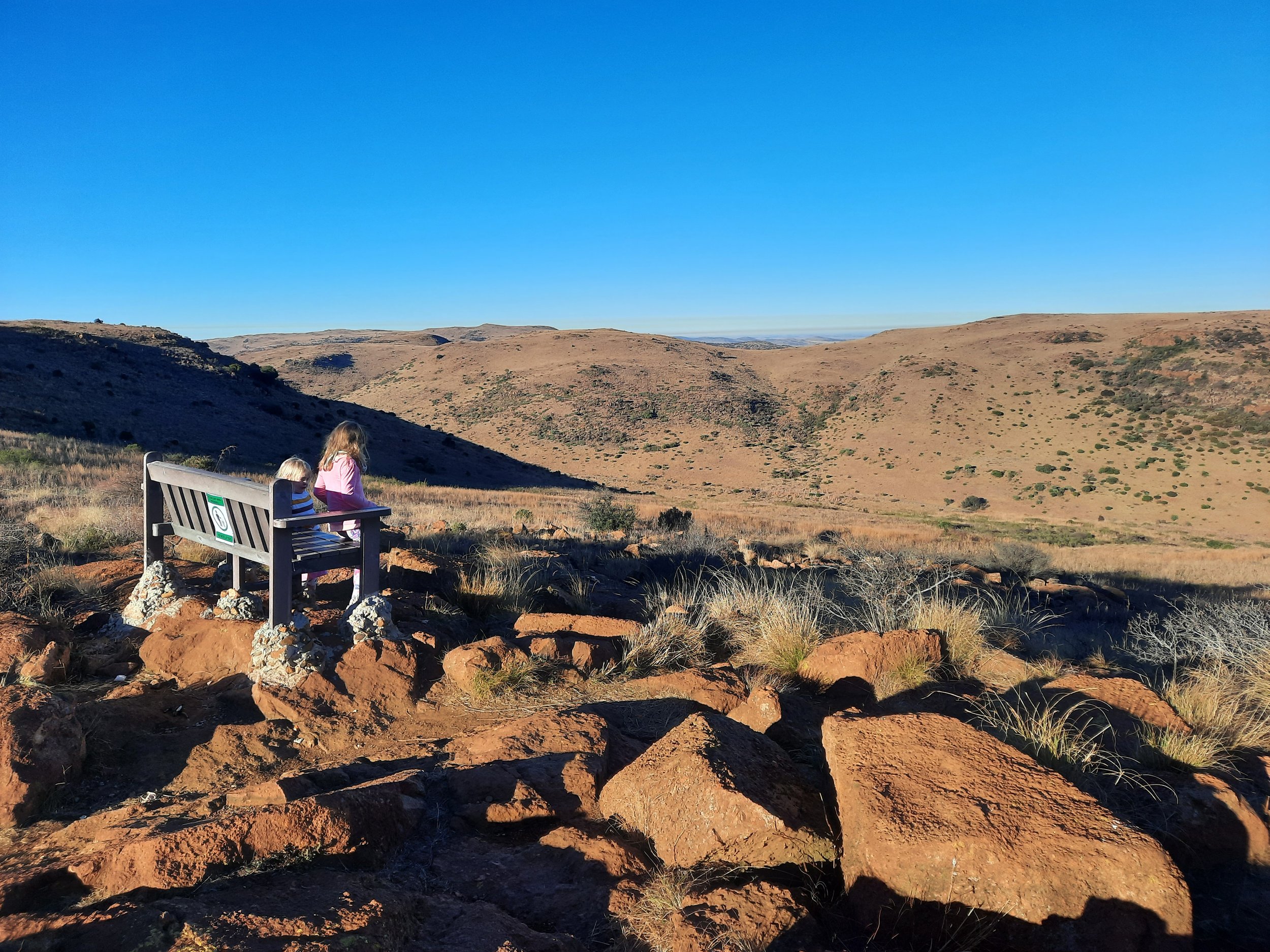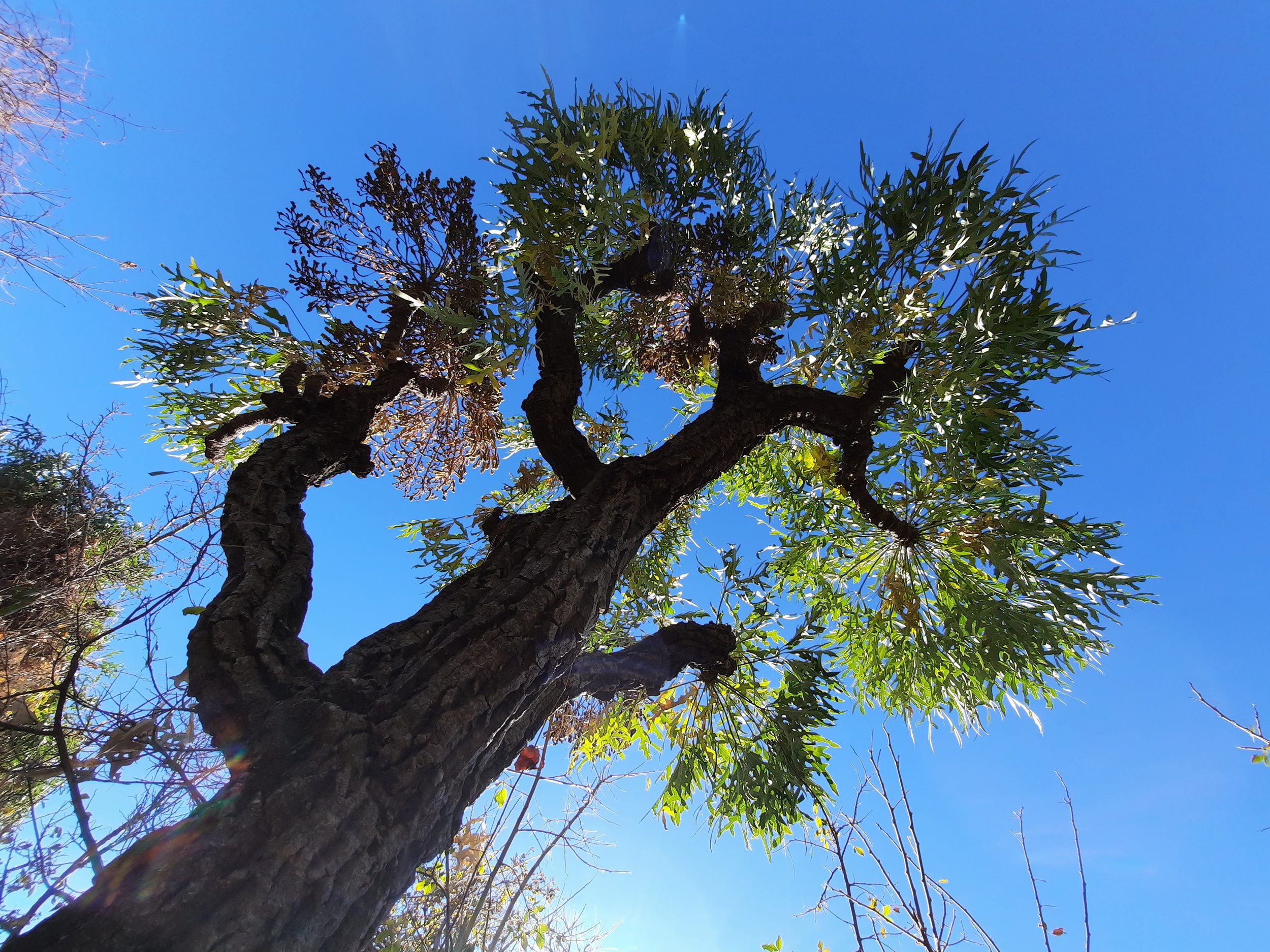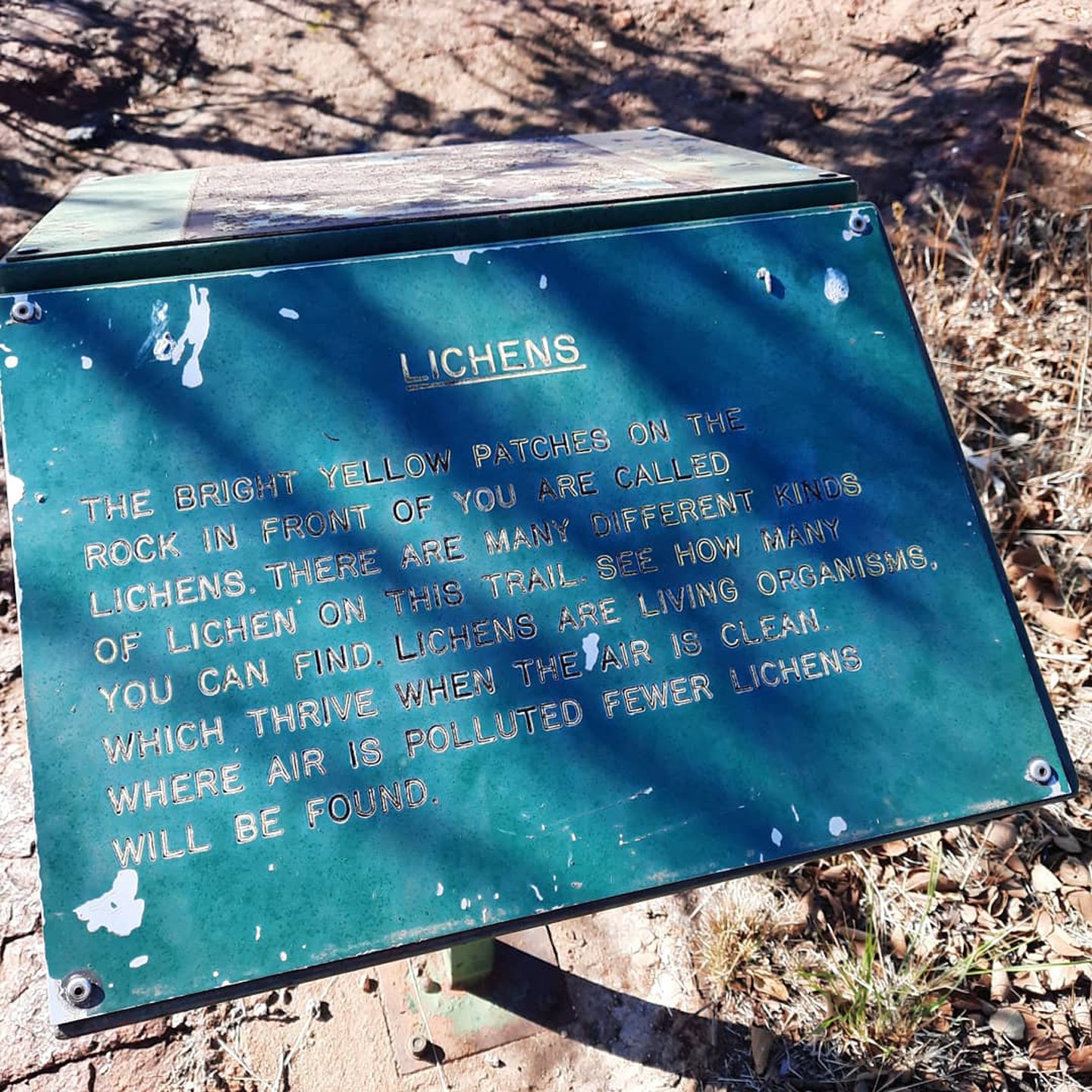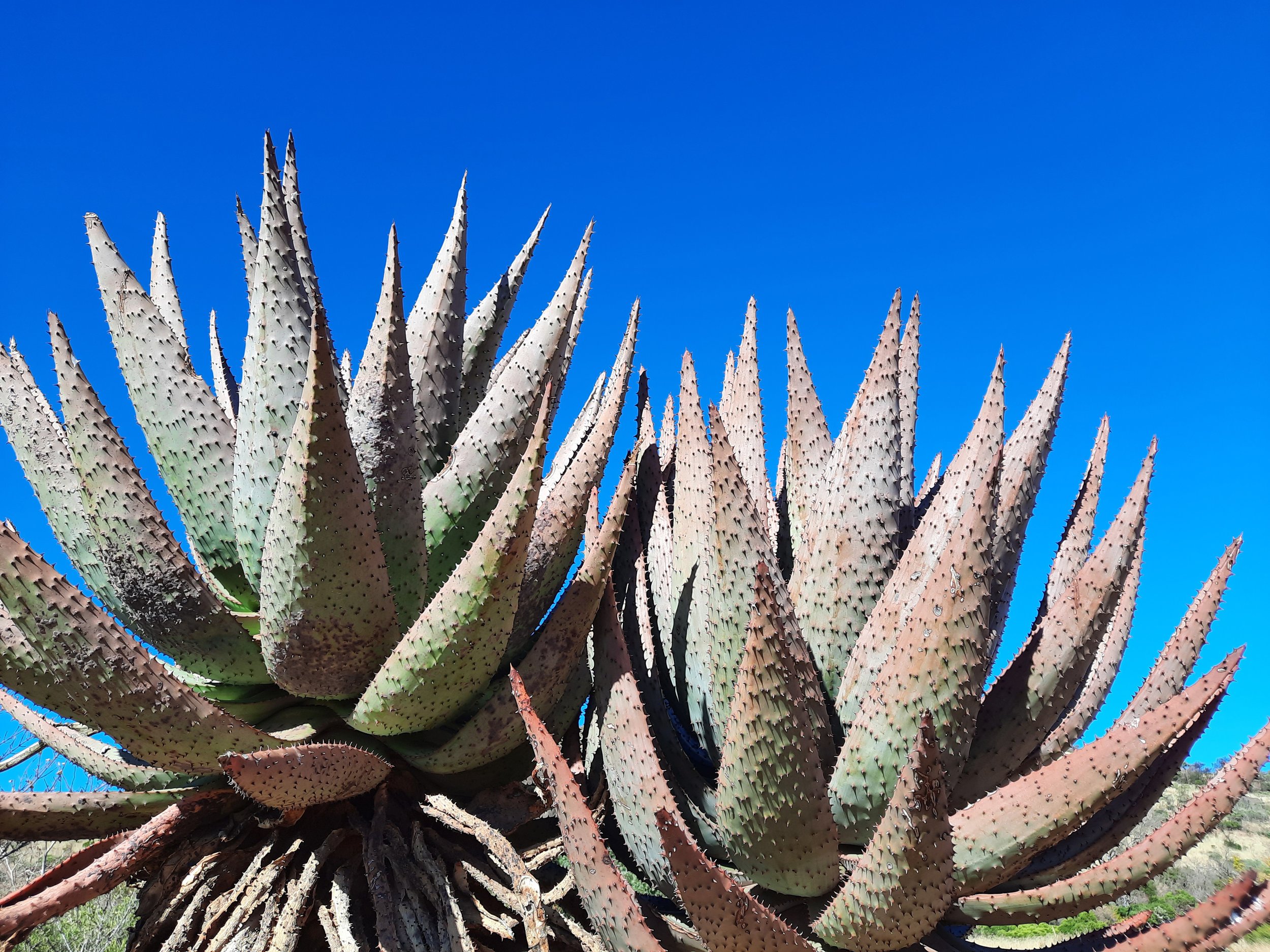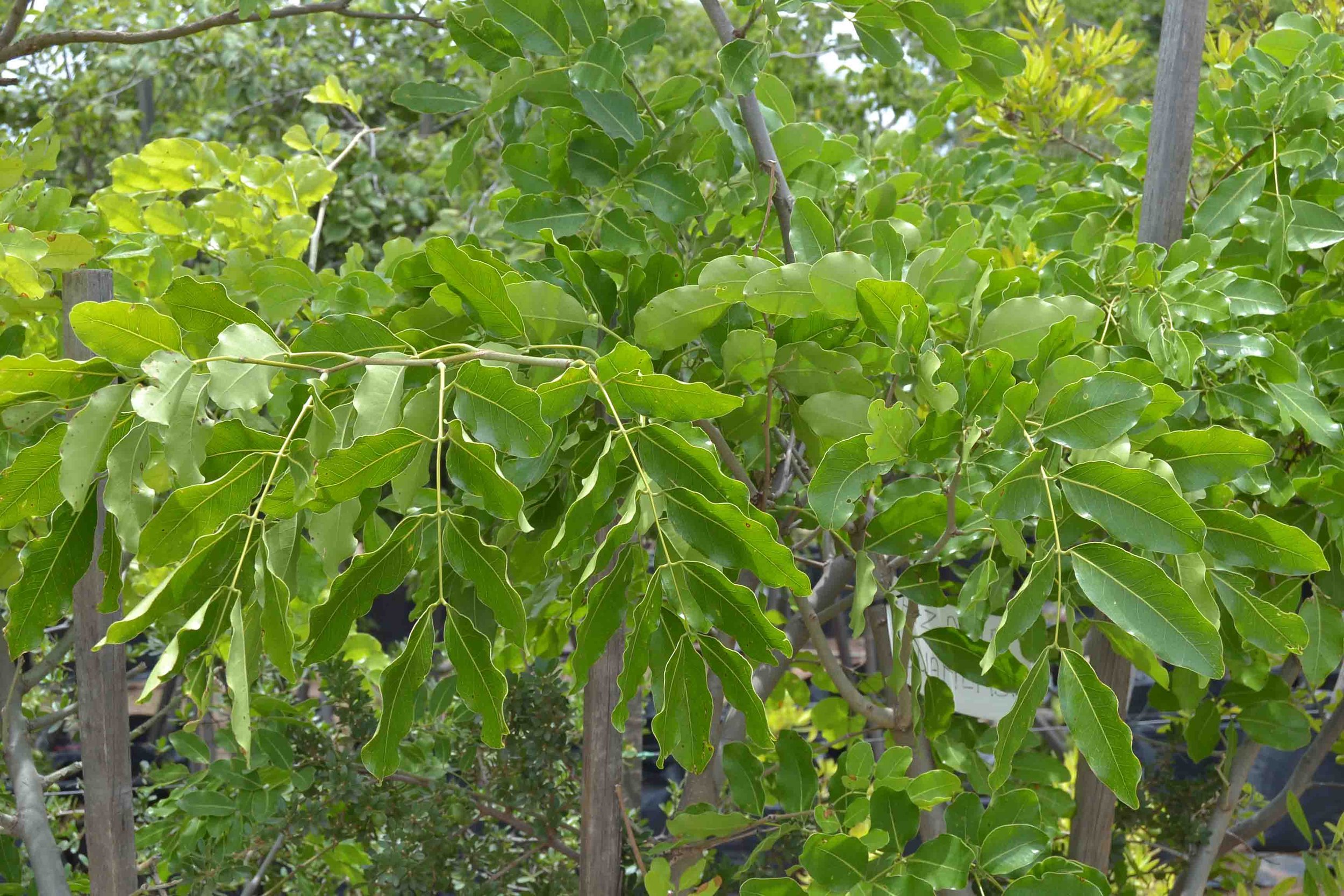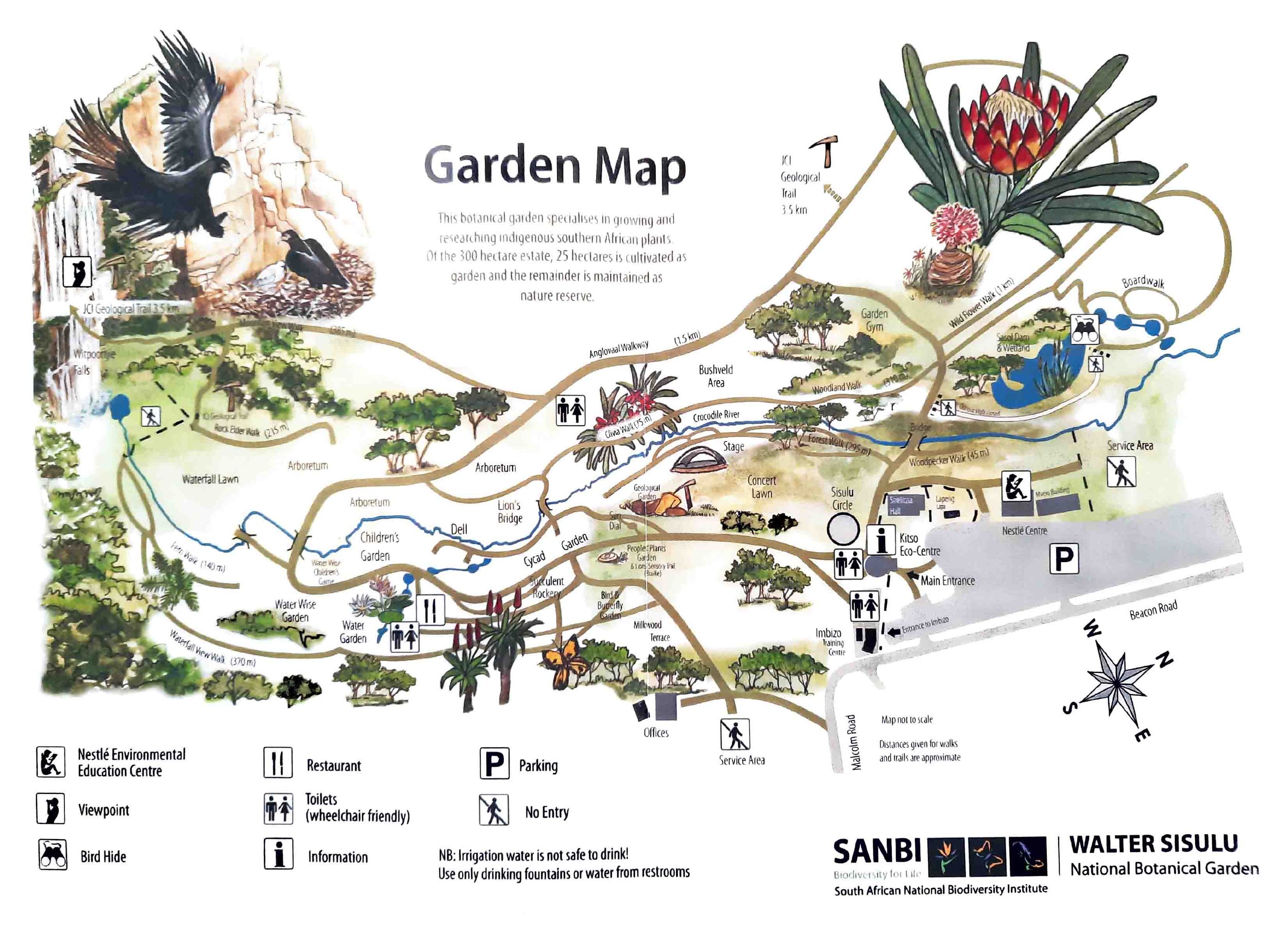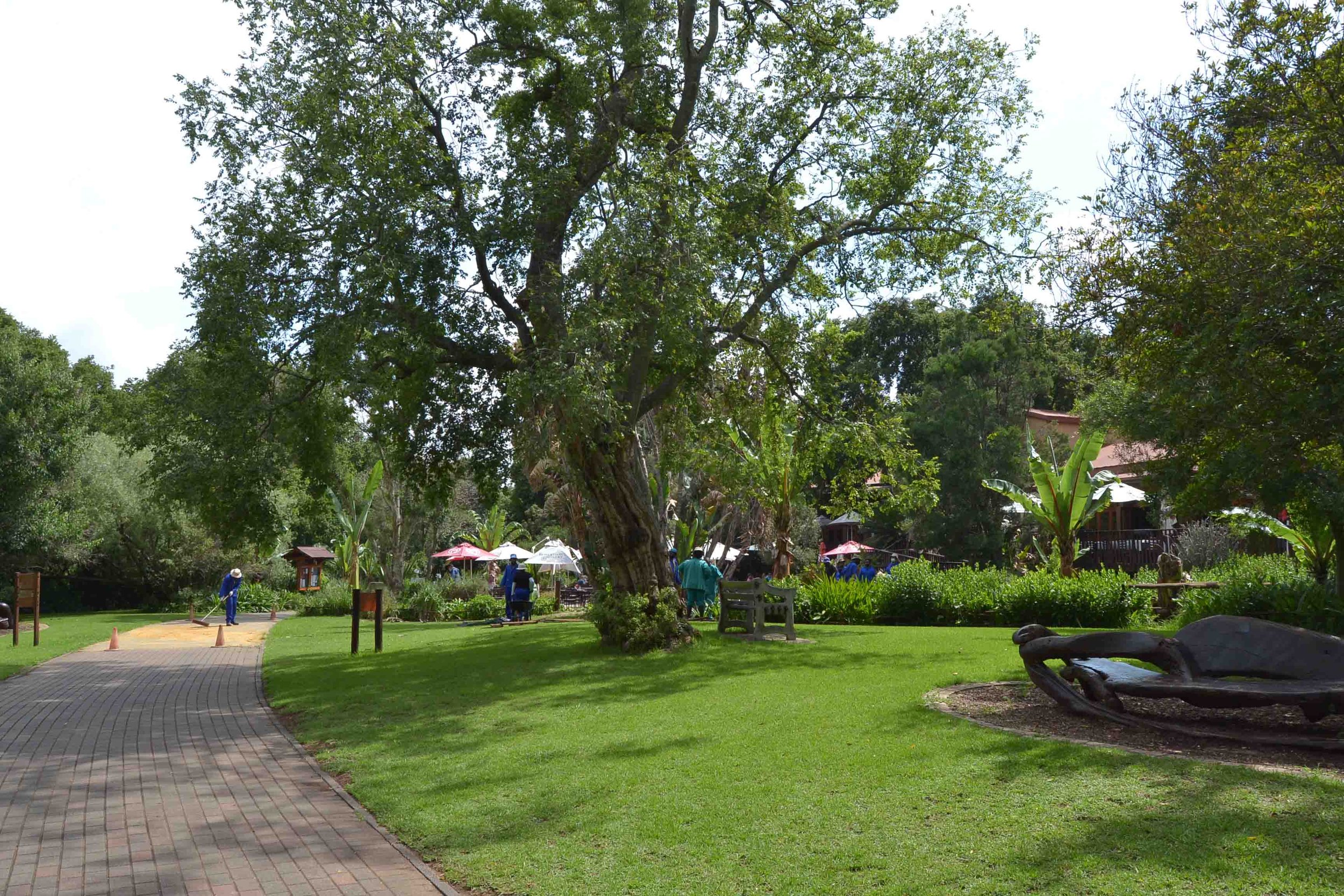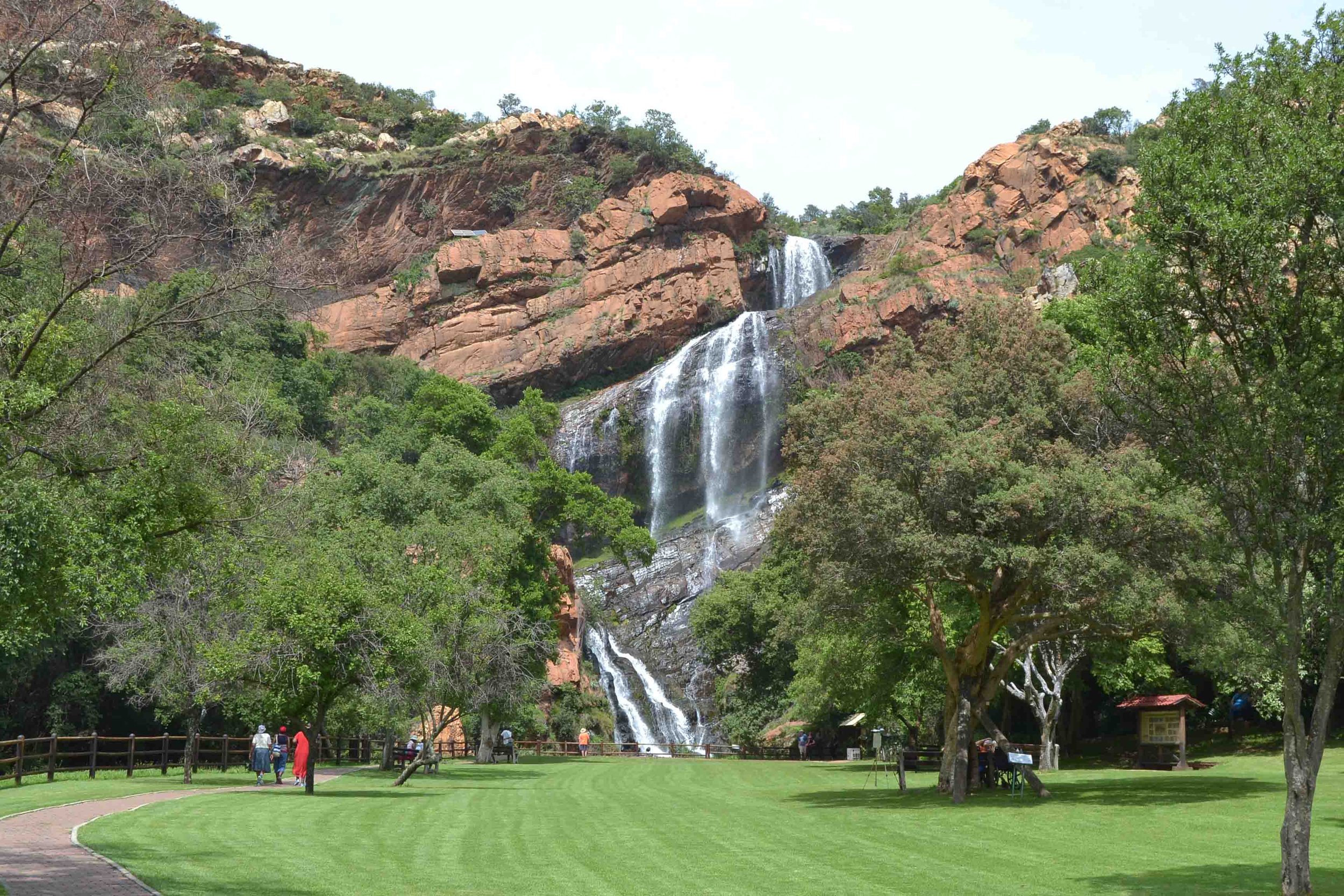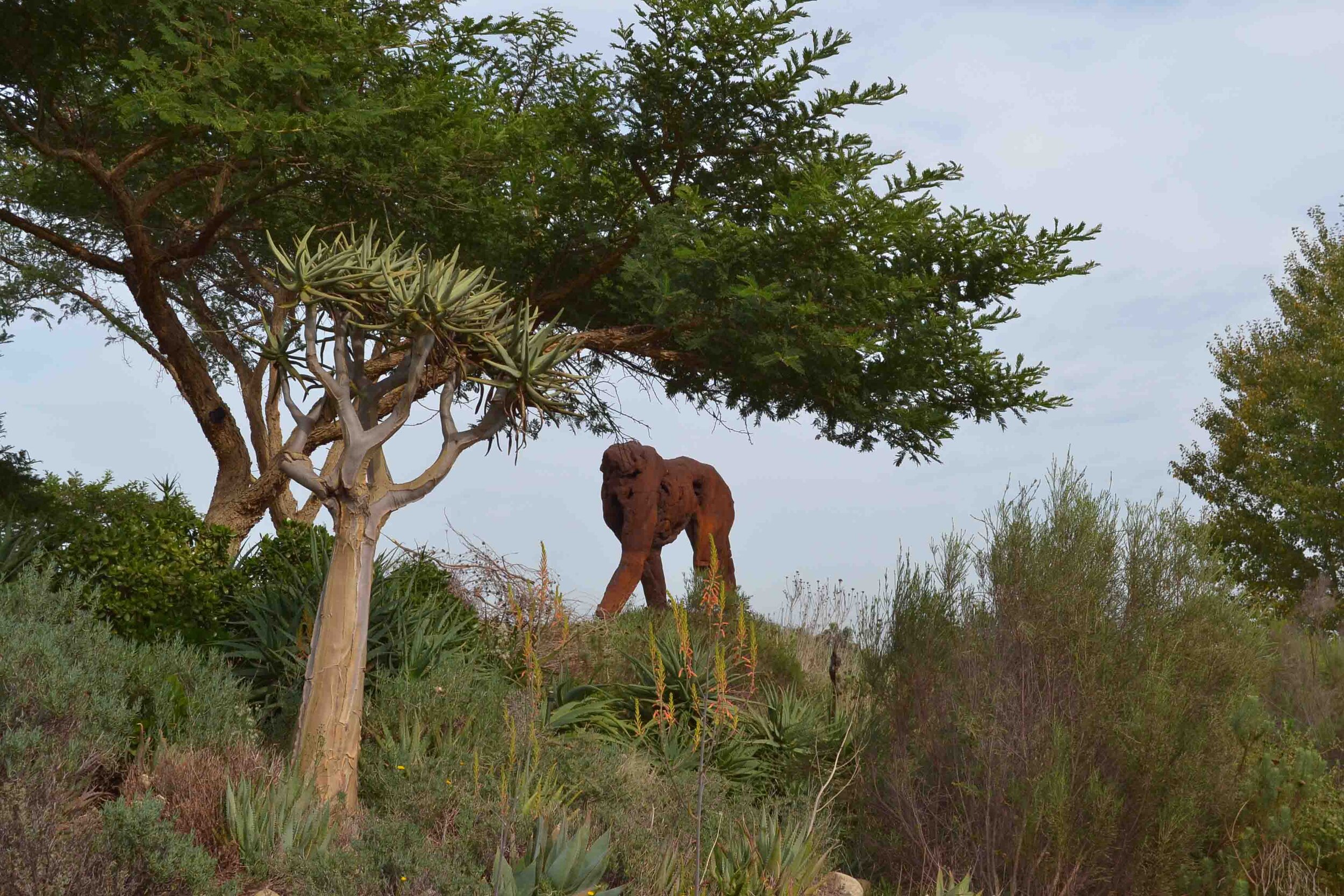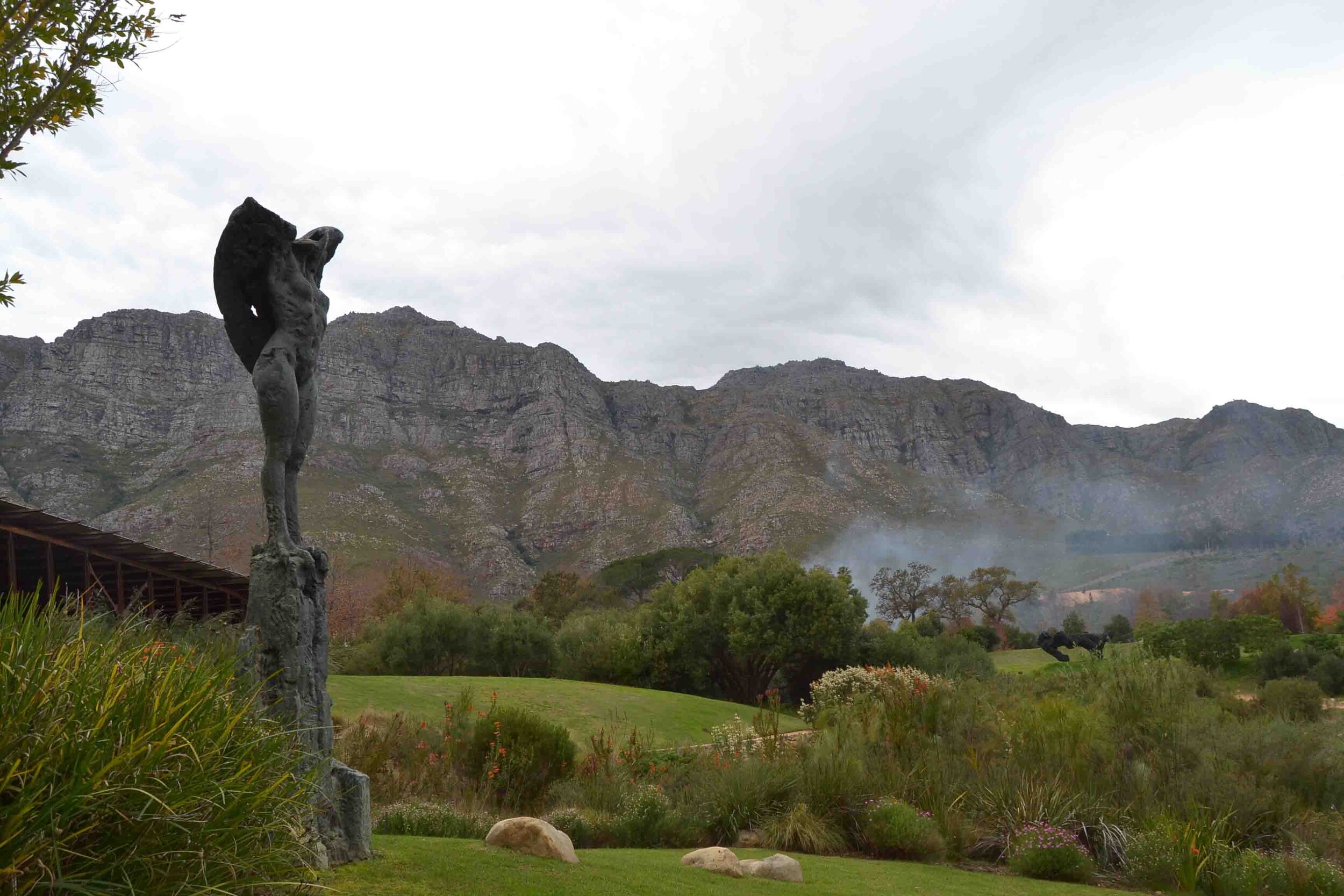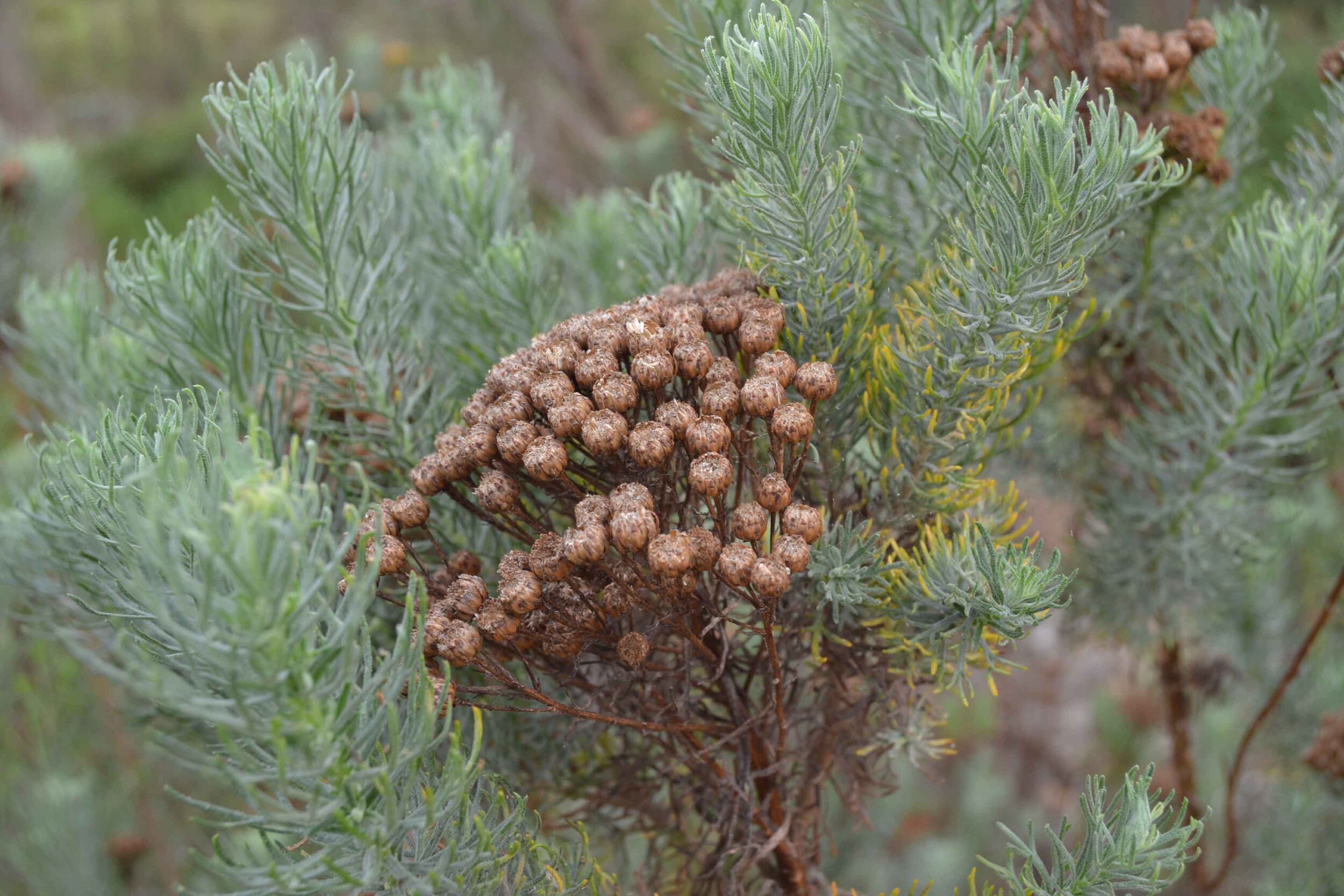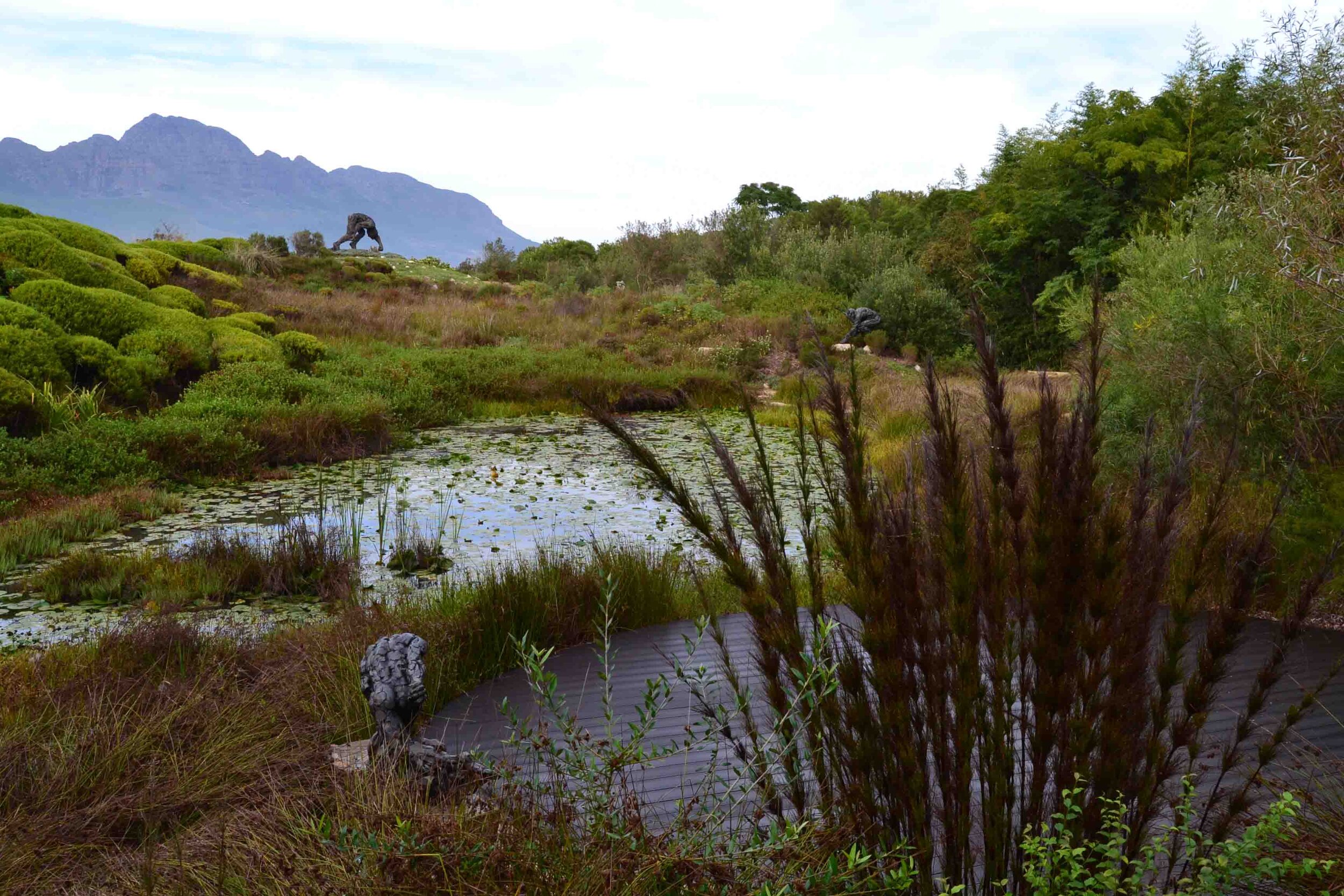Friends of ours introduced us to Doornkop Nature Reserve which is situated between Carolina and Mashadodorp in Mpumalanga. It was the ideal location for us to spend a few nights on route to Nelspruit in December. I was really impressed with the accommodation (there are several homes available to rent on AirBnB) and the estate facilities on offer. The clubhouse has a small shop, tennis courts, a games room with pool table and wonderful swimming pool. There is beautiful wildlife to be seen, amazing bird life and stunning vegetation to explore. I loved this place and will definitely go back! Their website is very comprehensive, and you will find a lot of detail about the reserve there: https://doornkopresort.co.za/
There are many hiking trails and mountain bike routes on offer. We enjoyed hiking to a beautiful waterfall which even the kids managed. The reserve also offers special activities for kids during holiday seasons, and we took our kids to free horse-riding lessons which they loved. There were other activities on offer so you can join in organised events or just relax and enjoy the surrounding beauty.
Pony rides for kids at Doornkop
Dung beetles near the horses paddocks
We saw these beautiful cows on the way to the reserve and I had to stop and photograph them!
~ G.S






















